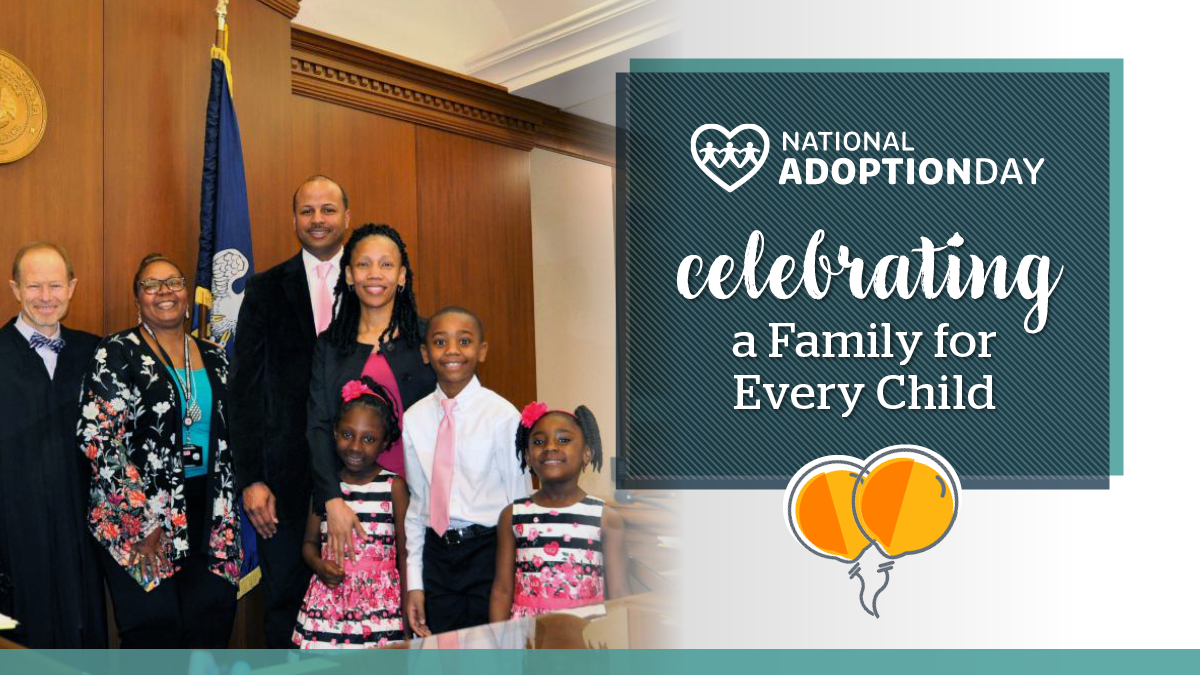Child sex trafficking is often represented and thought of as occurring when a child is abducted, taken to an unknown location, and sexually abused for another person’s profit. That is not the reality of the majority of child sex trafficking.
Most child sex trafficking victims are targeted by pimps or traffickers who sense or see the child’s vulnerability and exploit it.
Who’s at Risk for Child Sex Trafficking?
Children with increased risk of being targeted include children who have a history of sexual abuse, who have a history of running away, who struggle with addiction, and children with an unstable home life or involvement with the child welfare system. Traffickers may recruit children in schools, malls, bus stations, foster care, or group homes, or on social media.

How Do Children Become Victims of Child Sex Trafficking?
Traffickers develop a seemingly loving relationship with the victim and may use physical or psychological manipulation to coerce the victim to have sex with a buyer. Many child sex trafficking victims may not identify themselves as such, because they believe they are in a loving relationship with their trafficker and have consented to the activity.
Vulnerable children may also have sex in exchange for money, food, shelter, or drugs. This is done out of necessity and is not entered into freely. It is important to remember that children cannot consent to sex with an adult, as there is an uneven element of power and control. They may also be too afraid or ashamed to report the abuse or feel no one will believe them. If the victim believes they consented or allowed the abuse to happen, that may add to their feelings of shame or guilt.
How Do You Recognize Child Sex Trafficking?
Indicators of child sex trafficking include:
- A history of running away or current runaway status
- Large amounts of case, multiple cell phones or hotel keys
- Tattoos or branding related to money or ownership and/or that the child is unwilling to explain
- Signs of current physical abuse and/or multiple sexually transmitted diseases
- Presence of, or communication with, a controlling older boyfriend or girlfriend
- Gang involvement, especially among girls
- Travel to other states or staying at hotels when he or she runs away
If you suspect a child is a victim of sex trafficking, contact law enforcement immediately. You may also make a report to National Center for Missing & Exploited Children’s CyberTipline at cybertipline.org or 1-800-843-5678




